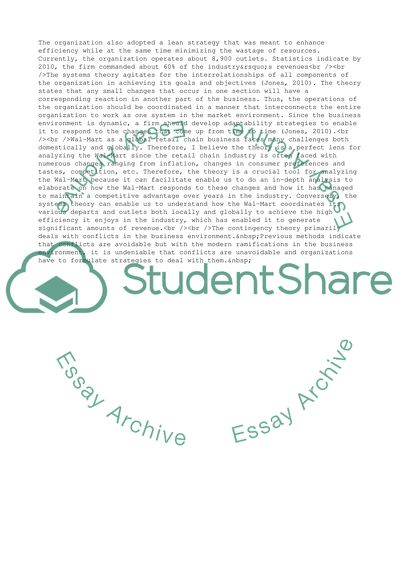Cite this document
(Understanding Organisation Theory and Practice Case Study Example | Topics and Well Written Essays - 1750 words, n.d.)
Understanding Organisation Theory and Practice Case Study Example | Topics and Well Written Essays - 1750 words. https://studentshare.org/business/1866909-understanding-organisation-theory-and-practice
Understanding Organisation Theory and Practice Case Study Example | Topics and Well Written Essays - 1750 words. https://studentshare.org/business/1866909-understanding-organisation-theory-and-practice
(Understanding Organisation Theory and Practice Case Study Example | Topics and Well Written Essays - 1750 Words)
Understanding Organisation Theory and Practice Case Study Example | Topics and Well Written Essays - 1750 Words. https://studentshare.org/business/1866909-understanding-organisation-theory-and-practice.
Understanding Organisation Theory and Practice Case Study Example | Topics and Well Written Essays - 1750 Words. https://studentshare.org/business/1866909-understanding-organisation-theory-and-practice.
“Understanding Organisation Theory and Practice Case Study Example | Topics and Well Written Essays - 1750 Words”. https://studentshare.org/business/1866909-understanding-organisation-theory-and-practice.


